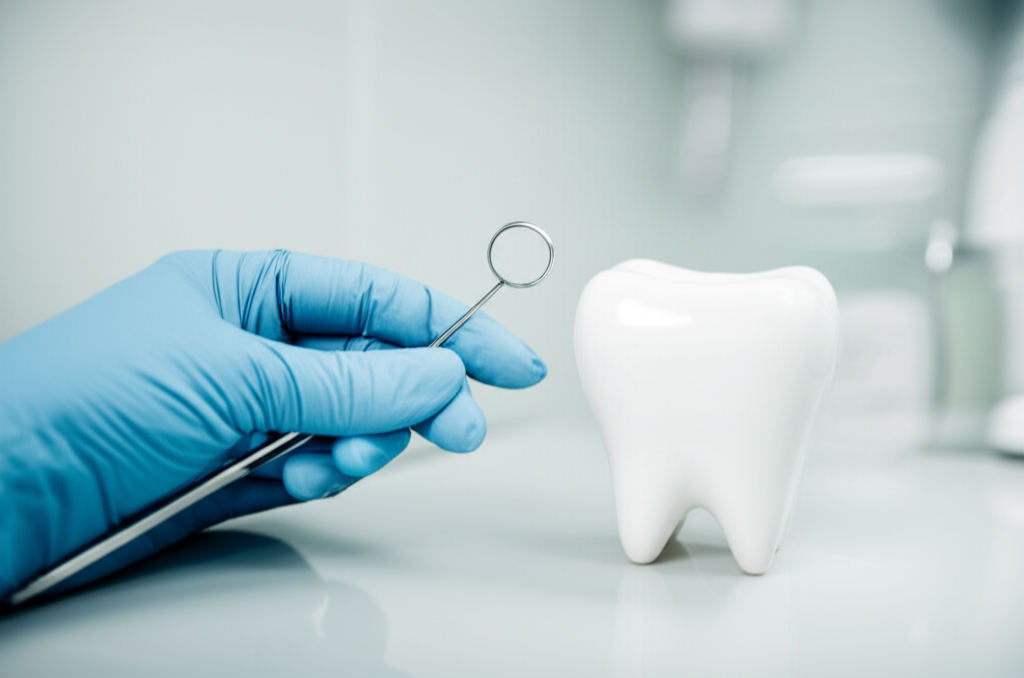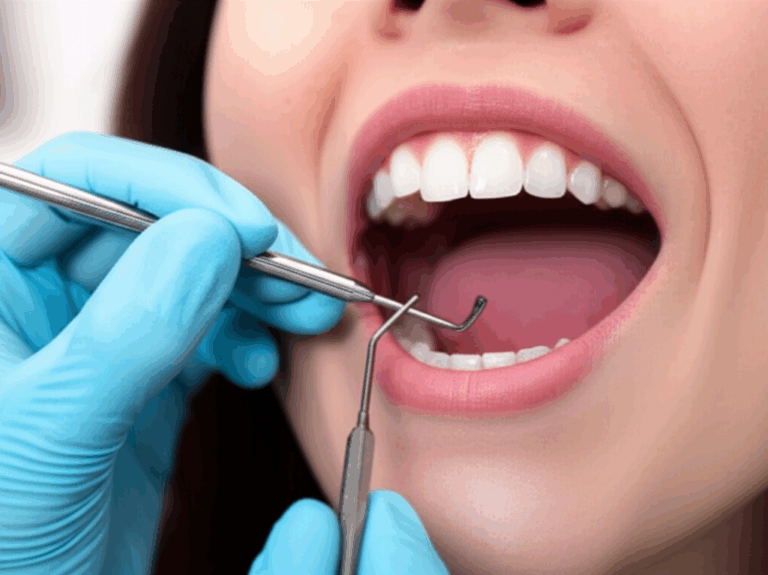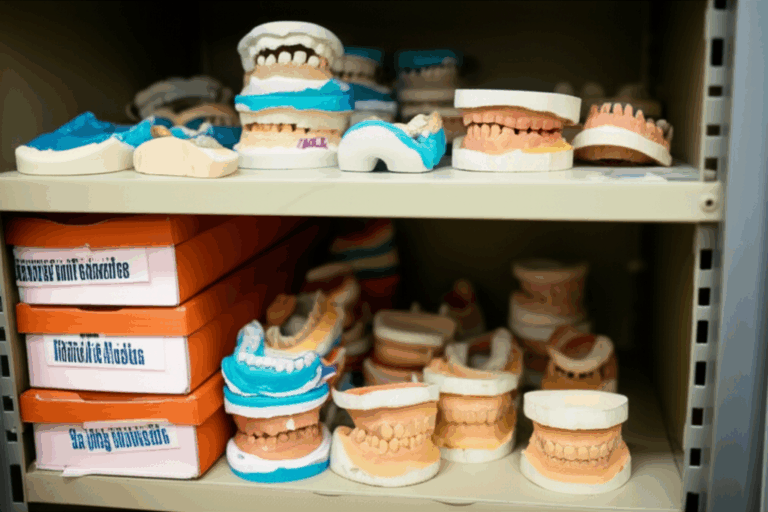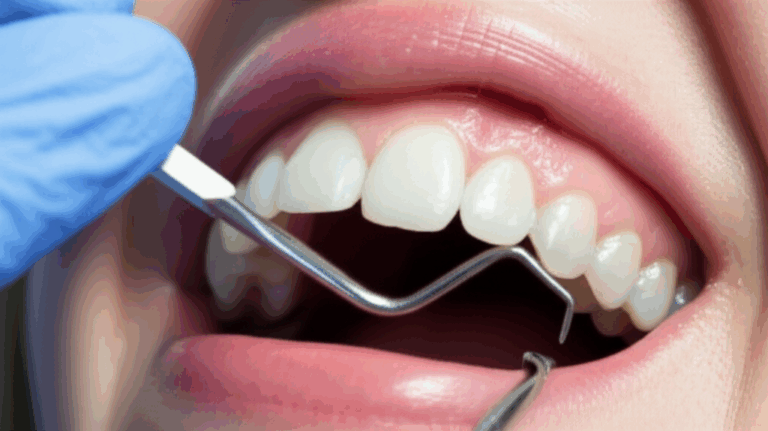
How Long Is Dental School? Your Complete Timeline to Becoming a Dentist
Ever looked at your dentist and thought, “How long do you have to go to school to do this?” If you’re asking yourself, “How long is dentist school?”—for yourself or someone you know—you’re not alone. Lots of people wonder what it takes to become a dentist, and for good reason. It takes a lot of time and hard work, but the payoff—helping people smile and staying healthy—is worth it for most.
Maybe you’ve heard that it can take anywhere from four to twelve years. So, which is it? How many years of school do you need if you want to be a dentist? Why does it take so long—and are there any ways to finish faster?
Let’s walk through it step by step: the big timeline, what you’ll learn, if all dentists should do a residency, and what can make things go faster or slower. By the end, you’ll know what to expect if you want to start the journey, help a friend, or are just curious.
In This Article
What We’ll Cover:
- The Short Answer: A Minimum of 8 Years Post-High School
- Phase 1: Undergraduate Education (The Pre-Dental Years)
- Phase 2: Dental School (The Professional Degree)
- Phase 3: Post-Dental School Training (Optional but Common)
- Licensure and Beyond: Becoming a Practicing Dentist
- Factors Influencing Your Dental Education Timeline
- Is the Investment in Time Worth It? Career Outlook and Salary Potential
- Frequently Asked Questions About Dental School Duration
- Your Personalized Dental Journey
The Short Answer: A Minimum of 8 Years Post-High School
Breaking Down the Core Timeline
Here’s the quick answer to “How long is dentist school?”: at least eight years after high school.
- College Degree – 4 years
- Dental School (D.D.S. or D.M.D.) – 4 years
That’s the normal route. But, it’s not always so simple. Let’s see what those years are like—and where you might need more time or move quicker.
Phase 1: Undergraduate Education (The Pre-Dental Years)
Typical Length and Degree Requirements
Before you start dental school, you’ll almost always need a bachelor’s degree, which usually takes four years of full-time classes. This isn’t “dentist school”—it’s getting ready for it.
Common Majors:
- Biology
- Chemistry
- Health Sciences
But you don’t have to pick biology or health sciences. You can major in something you like, as long as you take certain required classes for dental school.
Required Classes:
- General Chemistry
- Organic Chemistry
- Biology (with lab work)
- Physics
- Biochemistry
- (Sometimes) Anatomy, Microbiology, Math, or English
These classes help you get ready for the tougher work ahead. Think of them as “practice runs” for the main race.
Some students finish in four years. Others might need more time if they had to retake classes or want to take a break before applying to dental school.
The Importance of GPA and DAT Preparation
It’s important to have a good GPA for dental school, but grades aren’t the only part. You also have to take the DAT, or Dental Admission Test. It covers science, problem solving (like 3D puzzles), and reading skills.
Studying for the DAT can take several months and is known to be stressful, but doable. A good score helps you get into better dental schools, or make up for grades that aren’t perfect.
Phase 2: Dental School (The Professional Degree)
Now comes the center step: dental school itself. This is where you earn your D.D.S. (Doctor of Dental Surgery) or D.M.D. (Doctor of Dental Medicine).
D.D.S. vs. D.M.D. – What’s the Difference? (Spoiler: Not Much)
You might see both DDS and DMD degrees and wonder, “Is one better?” Good news—there’s no real difference. Both cover the same stuff and qualify you for the same license. It just depends on which school you go to.
- DDS—Doctor of Dental Surgery
- DMD—Doctor of Dental Medicine
Both degrees mean you finished dental school.
The Four-Year Dental School Curriculum
Year 1-2: Classroom Learning
The first two years are heavy on science—anatomy, how the body works, disease, and medicine. You’ll also spend time in labs, learning things like how to fix cavities and make crowns.
Year 3-4: Treating Patients
Here you start working with real patients (with a teacher watching). You’ll help kids, do small surgeries, and learn about dentures and other dental work.
A big step:
During (or at the end of) dental school, you’ll take the National Board Dental Examinations (NBDE), which you need before you can get a license and practice.
Accelerated & Combined Programs (BS/DDS)
If you want to go faster, some schools offer a “fast track” where you combine college and dental school so you’re done in 6 or 7 years total. There aren’t many of these programs, and it’s really hard to get in, but it does save time for some students.
Phase 3: Post-Dental School Training (Optional but Common)
Not all dentists go through more training after dental school, but lots do—especially if they want to become a specialist.
General Practice Residency (GPR) & Advanced Education in General Dentistry (AEGD)
Some students do a one- or two-year residency after dental school to get even better at what they do.
- GPR: Mostly at hospitals, learning to handle tough cases (like patients with other health problems).
- AEGD: Usually at a university, learning more about all kinds of dental work.
Why do extra training? Some states require it for a license, and it can help you start a private practice, work at a hospital, or even teach.
Dental Specialty Residencies
If you want to be an orthodontist or oral surgeon, you’ll need more training after dental school:
| Specialty | Typical Residency Length |
|---|---|
| General Dentistry (GPR, AEGD) | 1–2 years |
| Pediatric Dentistry | 2–3 years |
| Endodontics (root canal specialist) | 2–3 years |
| Orthodontics | 2–3 years |
| Periodontics (gums/implants expert) | 3 years |
| Prosthodontics (crowns, bridges) | 3 years |
| Oral & Maxillofacial Surgery | 4–6 years (may include MD) |
| Oral Medicine/Pathology/Radiology | 2–4 years |
Total time to become a specialist:
- General dentist: 8–9 years
- Specialist: 10–14+ years
That’s college + dental school + residency. Some people take an extra year for research or other programs.
Licensure and Beyond: Becoming a Practicing Dentist
State Licensure Requirements
Before you can start working on people’s teeth, you must get licensed where you want to work. Here’s what you need to do:
- Finish a CODA-approved dental school
- Pass written and hands-on tests (usually NBDE and another test depending on the state)
- Do any other things your state wants (like background checks or a law test)
- Keep your license up to date with more classes each year
This process makes sure you’re ready to take care of real patients!
The Path to Private Practice or Getting Hired
Once you get your license, you can choose how you want to work. Some dentists join a practice, work at a hospital, go into public health, or work with the military. Others open their own dental office.
Some dentists even move into teaching, research, or business, especially if they have a second degree.
Factors Influencing Your Dental Education Timeline
Everyone’s path in dentistry is a little different. Here are some real-life ways your timeline might change:
How You Do in School
If you struggle with tough classes like chemistry, you might have to retake them, which can add time.
Taking a Year Off (Gap Year)
Some students take a break after college—they might want to work, study more for the DAT, or get more experience before applying to dental school.
Regular Program vs. Fast-Track
Most people finish in eight years, but there are a few “combined” or “fast” programs that can shorten the route by one or two years.
Extra Degrees
Some students add another degree like a Master’s in Public Health, a PhD, or an MBA. This adds years, but opens doors to teaching, business, or public health.
Becoming a Specialist
Like we talked about earlier, getting into a specialty means doing a longer residency. For example, oral surgeons spend as much time in training as medical doctors.
Is the Investment in Time Worth It? Career Outlook and Pay
Job Outlook for Dentists
According to the U.S. Bureau of Labor Statistics, dentists should always be in demand as people need regular care and as more people get health insurance (1).
Average Salary
Dentists make much more than the average job. In 2022, most regular dentists made about $159,530 a year. If you become a specialist, like an orthodontist or oral surgeon, you can make more—often over $200,000 or even $300,000 a year.
Job Satisfaction
Dentistry is rated as a good job with lots of respect and good hours. You can own your own business, choose your hours, work in lots of places, and really help people.
But—it’s not for everyone. Dental school is tough and expensive, and you might leave with a lot of student debt (sometimes over $250,000). Still, if you love working with people and helping them stay healthy, it’s usually worth it.
Frequently Asked Questions About Dental School Duration
How long is dental school after your bachelor’s degree?
Four years of full-time classes to get a D.D.S. or D.M.D. at a U.S.-approved dental school.
What’s the fastest way to become a dentist?
A few “accelerated” programs crush college and dental school into 6–7 years—but these are rare and hard to get into.
Do all dentists do a residency?
No. Most general dentists start working after their D.D.S. or D.M.D. Some do a GPR or AEGD (1–2 years), but you must do a residency to be a specialist.
How long does it take to become an orthodontist?
Usually 4 years of college + 4 years dental school + 2–3 years residency = 10–11 years after high school.
Is dental school longer than medical school?
They’re similar. Both take four years after college. Medical school residencies are often longer, but some dental specialties are just as long.
Your Personalized Dental Journey
If you want to help people smile and make a good living, becoming a dentist is a clear, but tough, road.
The basics:
- Around 8 years (4 college, 4 dental school) after high school
- Add 1–6+ years if you want a specialty
- “Fast track” programs exist, but are rare
- You need good grades, a solid DAT score, and hands-on experience
- Dentistry is hard and costs a lot, but can bring respect, good pay, and satisfaction
Main Takeaways
Bottom line—becoming a dentist takes time and work, but every year you learn more and get closer to your goal. Whether you just started college or are thinking about switching careers, remember:
- Most people take 8 years after high school
- Some special programs are shorter
- Specialties can take 10–14 years
- The training gives you valuable skills for all kinds of jobs in dentistry
- You’ll keep learning throughout your career
Steps You Can Take
Thinking of applying?
- Stay focused on your required classes
- Get ready for the DAT early
- Shadow dentists, volunteer, get experience in clinics
- Don’t give up if you hit rough spots—most people do on this path!
Already working in dental care? Think about extra training, keeping up with new tools and materials, and even working with a good dental ceramics lab or digital dental lab to help your patients even more.
Want to learn more about dentists’ day-to-day or certain treatments? Check out guides like the dental practical guide for tips or to help others feel calm about the dentist.
Just remember: Whether you spend eight, ten, or even fourteen years on your training, every day gets you closer to work that can change lives—yours and your community’s—one smile at a time.
References
Medically reviewed by a licensed dental professional. For individual advice, always talk with your own dentist.
(This article is for information only. If you want to take the next step, contact a dental school advisor or your local dentist.)








